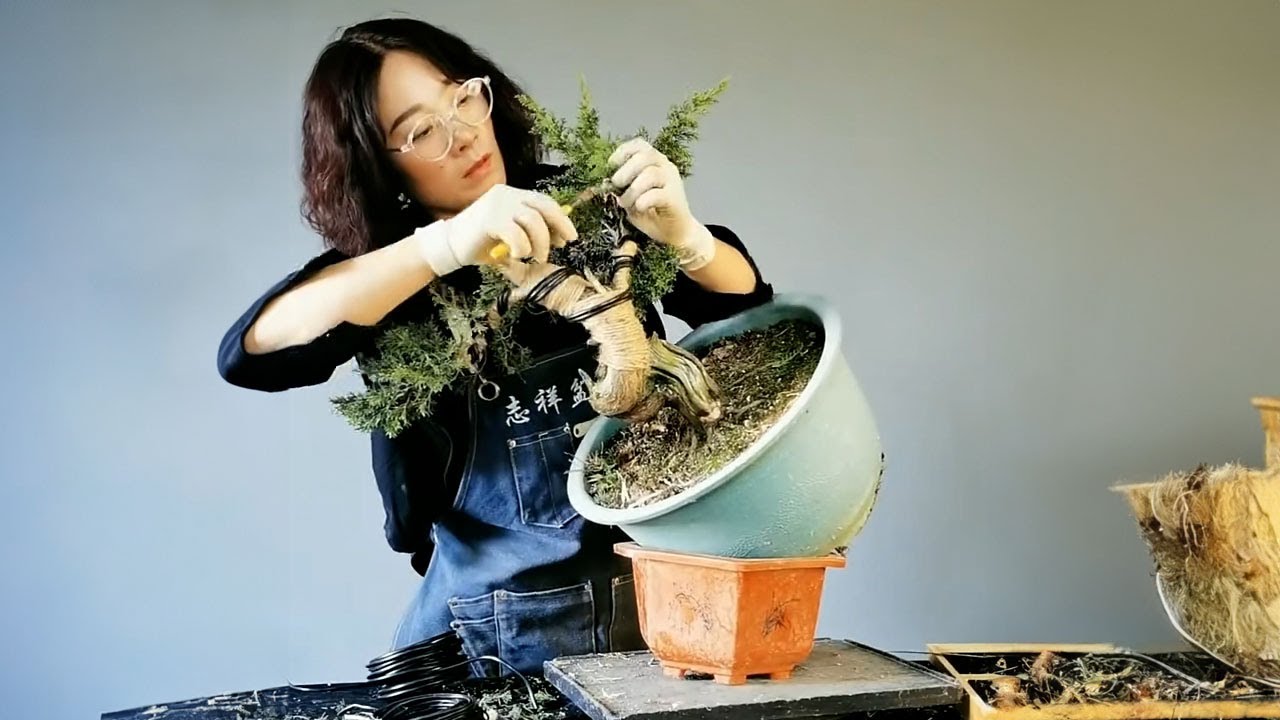In this comprehensive guide, “Mastering Bonsai Bending Techniques,” you will discover the art of shaping and training bonsai trees through expert methods and tips. Whether you are a novice enthusiast or an experienced gardener, this guide will equip you with the knowledge and skills needed to take your bonsai bending skills to the next level.
Mastering Bonsai Bending Techniques: A Comprehensive Guide
Introduction
When it comes to cultivating bonsai trees, mastering the art of bending techniques is crucial to achieving the desired aesthetic appeal. Bonsai bending involves carefully manipulating the branches and trunks of the tree to create graceful and harmonious shapes. In this comprehensive guide, you will delve into the world of bonsai bending and learn valuable tips and techniques to enhance your bonsai cultivation skills.
Understanding Bonsai Bending
Bonsai bending is a delicate process that requires patience, precision, and a deep understanding of the tree’s growth patterns. By bending the branches and trunks of a bonsai tree, you can create elegant curves, intriguing twists, and dynamic silhouettes that capture the essence of nature in miniature form.
Tools of the Trade
Before you embark on your bonsai bending journey, it’s essential to familiarize yourself with the necessary tools. Some of the tools you may need include:
- Bonsai wire
- Wire cutters
- Bonsai pliers
- Raffia (for protection)
Techniques for Bonsai Bending
Wiring
- Select a suitable gauge of bonsai wire for the branch or trunk you wish to bend.
- Wrap the wire around the branch/trunk in a spiral motion, ensuring it is firmly but not too tightly secured.
- Gently bend the branch/trunk to the desired position, taking care not to cause any damage.
Guying
- Guying involves using additional support, such as strings or stakes, to hold the bent branch/trunk in place until it sets in the desired shape.
- Adjust the tension of the support gradually to avoid putting too much pressure on the tree.
Tips for Successful Bonsai Bending
- Always work slowly and gently when bending branches and trunks to prevent breakage.
- Monitor the tree regularly to ensure that the wires do not cut into the bark.
- Use raffia to protect the tree’s delicate bark from damage during bending.
Conclusion
Mastering bonsai bending techniques requires a blend of artistry, patience, and skill. By understanding the principles of bonsai bending, acquiring the right tools, and practicing various techniques, you can transform your bonsai trees into works of living art that reflect the beauty and harmony of nature.
FAQs
- How often should I check the wires on my bonsai tree branches?
- Can I use any type of wire for bonsai bending?
- What are some common mistakes to avoid when bending bonsai branches?
- Is raffia essential for bonsai bending, or are there alternative methods for protecting the bark?
- How long does it typically take for a bonsai tree to set in a new bent shape?


